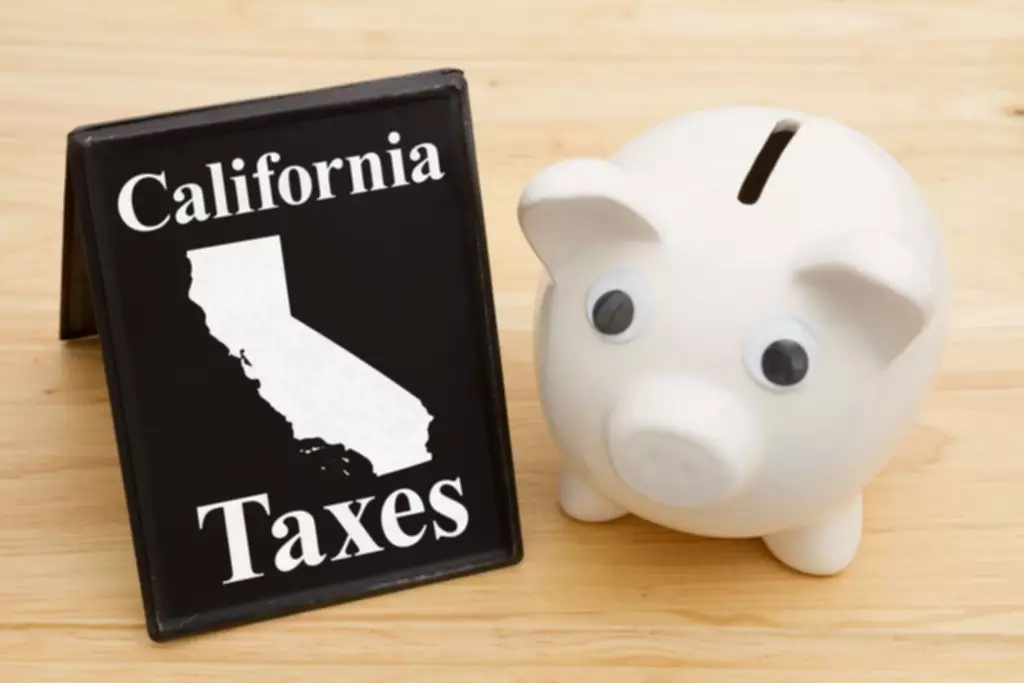Content

For each unit, it will require a specific level of resources, a greater number of units to increase necessary variable costs to produce them. In life, there are few things that stay in a stable status, including the costs of doing business. Expenses change due to the activities of your business, which are defined as variable costs. Simply put, variable costs are stick with the number of units being made, also known as unit-level costs. Whatever types of products that your business produces, it’s necessary for you, as an owner, to understand your variable costs and how they relate to the total cost of doing business.
- Let’s say that our sample data covers a month and in that period 33,000 units were produced.
- Your newest client, Beauty Ice Cream (“Beauty”), is a local ice cream shop that sells homemade, artisanal ice cream in a small location just off the college campus in Cambridge.
- Additionally, she’s already committed to paying for one year of rent, electricity, and employee salaries.
- Divide fixed costs by $25 and you have a breakeven sales volume of 28,000 units.
- So get familiar now with how these costs impact a business, and how a variable-cost-based business model differs from a fixed-cost-based business model.
- And, because each unit requires a certain amount of resources, a higher number of units will raise the variable costs needed to produce them.
This sum of variable cost is equivalent to the variable cost per unit, magnified by the number of units produced. Then, your variable cost will be averagely calculated as your total variable cost, divided by the number of units produced. Variable cost per unit refers to the costs of each unit of goods that a company produces, variable costs change as changes occur in the production level or activity level of the company. Unit Variable Cost is affected by changes in the business, extra cost is incurred when more units of goods are produced. In order to calculate volume produced, you will need enough information. If you know the total variable cost and unit variable cost , you can divide them(TVC/UVC) to get the volume produced.
More Resources on Small Business Accounting
After all, deadstock will only block capital and hike holding fees. In terms of salaries, rent, and other overhead, their monthly fixed cost of production is $5,000. Cost per unit identifies the relationship between production costs, logistics costs, and gross profits. For Greg and many other retail businesses, success is heavily reliant on having a profitable cost per unit — and half of that battle is keeping your costs low. A higher than average per-unit cost suggests that a company uses a larger amount of or spends more on resources to produce goods than their competitors do.
Keeping a detailed record of costs is an important part of running a profitable business, but it’s not enough to just add them up. Those costs which are directly related to production will increase the more you produce, while others will remain fixed regardless of production. There are many analytical methods available to help you improve your company’s performance, all of which require you to keep accurate track of both fixed and variable costs. Businesses with high fixed costs generally operate differently than those with high variable costs. AccountingTools states that the cost per unit should decrease as unit production increases.
Cost per unit vs. price per unit
To ensure you get a clear picture of your cost per unit, break down your mixed costs into their fixed and variable components. The number of units sold within a specific period of time can also impact these costs. Examples are production costs, customer acquisition, packaging, and shipping costs. A variable cost is any cost that changes with the production amount. Make sure when you refer to variable costs to specify whether it is the total variable cost. Mixed costs can also apply to wage earners if they are guaranteed a fixed number of hours each pay period.
- If the price they receive for the product is higher than the AVC, it is one indicator of a profitable product.
- Taken together, these are commonly referred to as the Cost of Goods Sold, or COGS.
- For this example, Company X will base their calculations on a week’s production.
- This method starts with the mixed costs from the highest and lowest months of production and uses the difference to calculate variable cost proportion.
- It offers a basis for deciding the profit projections of a business.
Understanding the variable cost formula can help you estimate the cost of ramping up production or increasing sales, that way you can do what’s best to help your business grow. That being said, it’s also important variable cost formula to look at fixed costs to get a clear picture of your company’s finances. Let’s say you’re currently producing and selling 1,000 units of a product per month with an average variable cost of $5.
Understanding Variable Costs
He became a member of the Society of Professional Journalists in 2009.
How do you calculate fixed and variable cost per unit?
Take your total cost of production and subtract your variable costs multiplied by the number of units you produced. This will give you your total fixed cost. You can use this fixed cost formula to help.
So how many cups will you need to sell per month to be profitable? Earn your share while providing your clients with a solid service. Financial Institutions Integrate our services with yours to solidify https://www.bookstime.com/ your place as a trusted advisor for your commercial banking customers. The following exercise is designed to help students apply their knowledge of variable cost and its formula in a real-life scenario.
What’s the difference between fixed and variable costs?
The more your sales and production volumes increase, the more you’ll need to spend on production, marketing, and other costs. A solid understanding of variable costs helps when it comes to pricing products and overall business growth. Variable cost examples include direct labor, energy and raw materials costs. Taken together, these are commonly referred to as the Cost of Goods Sold, or COGS.

